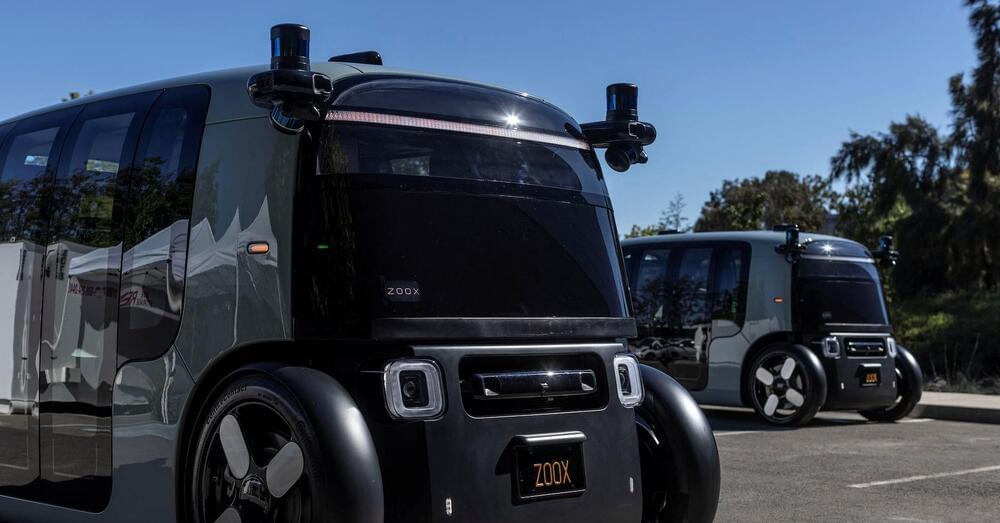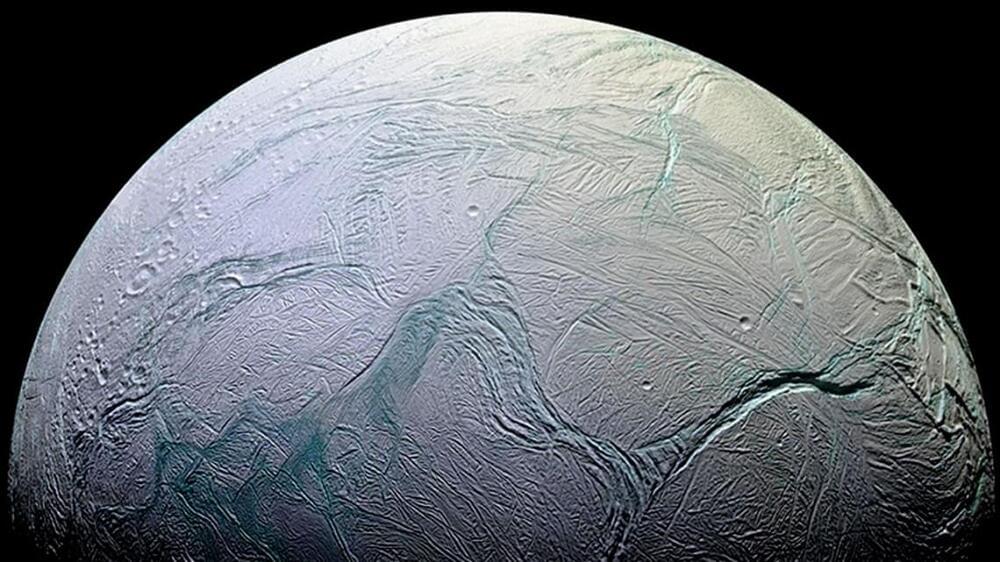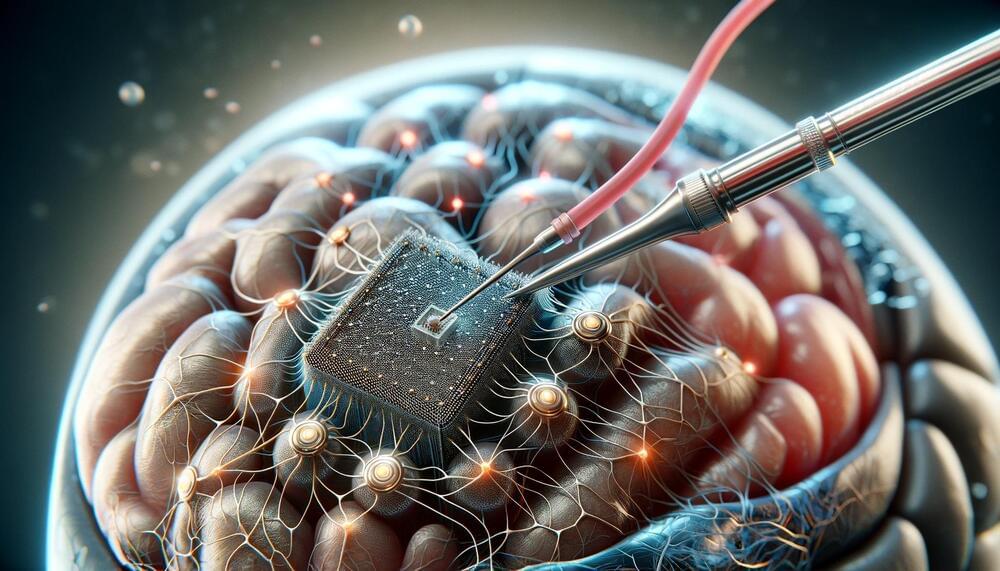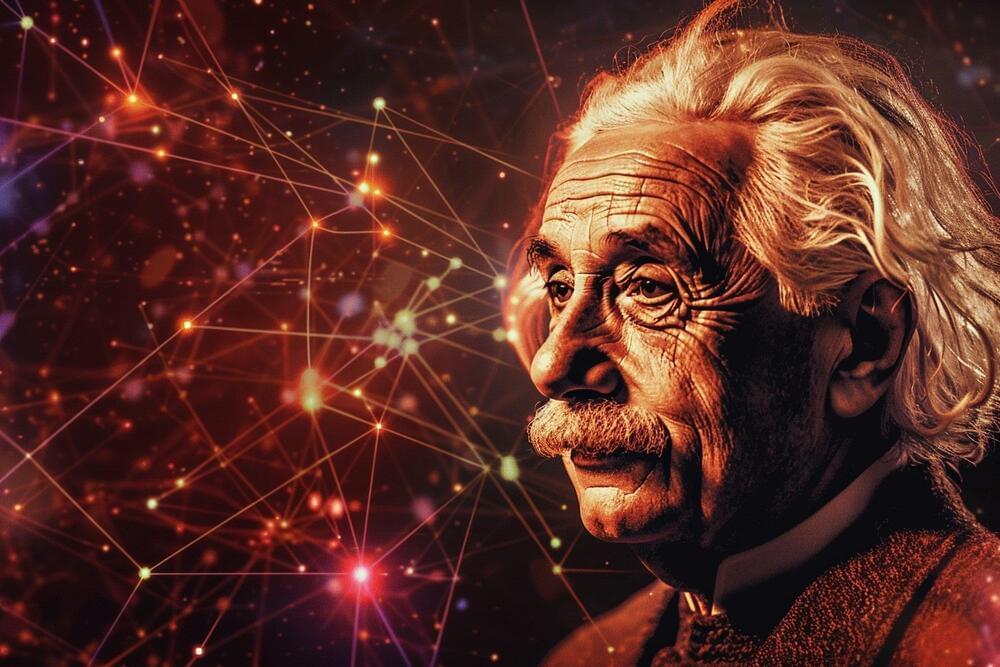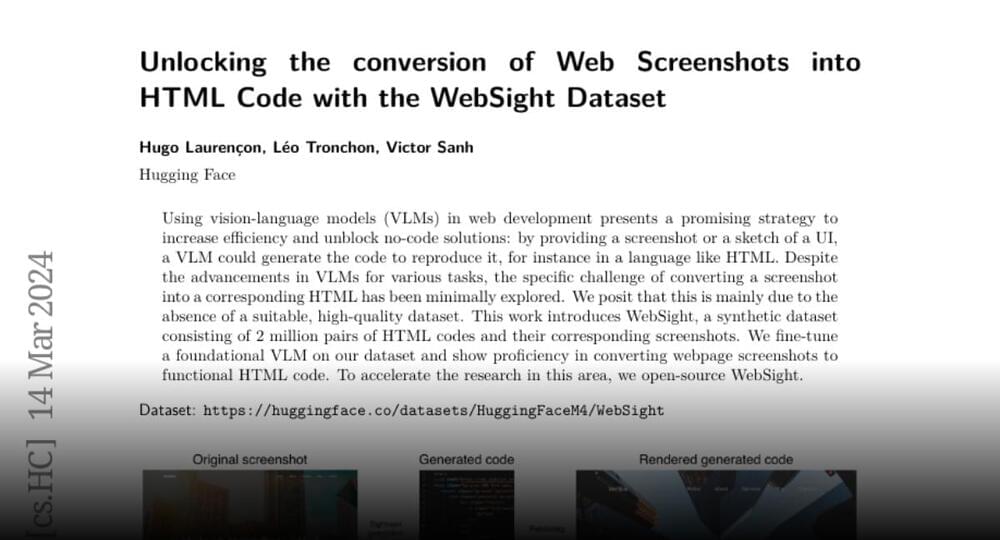A genetically modified cow has produced milk containing human insulin, according to a new study. The proof-of-concept achievement could be scaled up to, eventually, produce enough insulin to ensure availability and reduced cost for all diabetics requiring the life-maintaining drug.
Unable to rely on their own supply due to damaged pancreatic cells, type 1 diabetics need injectable insulin to live. As do some type 2 diabetics. The World Health Organization estimates that of those who require insulin, between 150 and 200 million people worldwide, only about half are being treated with it. Access to insulin remains inadequate in many low-and middle-income countries – and some high-income countries – and its cost and unavailability have been well-documented.
In a newly published study led by the Department of Animal Sciences in the College of Agricultural, Consumer and Environmental Sciences at the University of Illinois Urbana-Champaign and the Universidade de São Paulo, researchers say they may have developed a way of eliminating insulin scarcity and reducing its cost using cows. Yep, cows.

